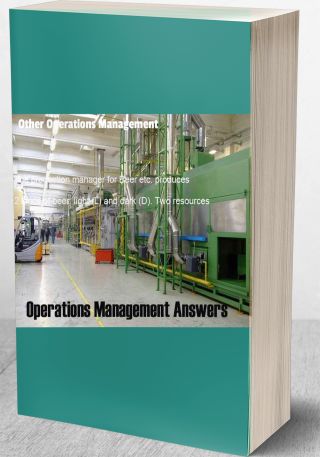Zales Jewelers uses rubies and sapphires to produce two types of rings. A type 1 ring requires 2 rub
Question: Zales Jewelers uses rubies and sapphires to produce two types of rings. A type 1 ring requires 2 rubies, 3 sapphires, and 1 hour of jeweler's labor. A type 2 ring requires 3 rubies, 2 sapphires, and 2 hours of jeweler's labor. Each type 1 ring sells for $400, and each type 2 ring sells for $500. All rings produced by Zales can be sold. At present, Zales has 100 rubies, 120 sapphires, and 70 hours of jeweler's labor. Extra rubies can be purchased at $100 per ruby. Market demand requires that the company produce at least 20 type 1 rings and at least 25 type 2 rings. To maximize profit, Zales should solve the following LP:
X1 = number of type 1 rings produced
X2 = number of type 2 rings produces
R = number of rubies purchased

Solve this LP, and use the output to answer the following:
a. Suppose that instead of $100, each ruby costs $190. Would Zales still
purchase rubies? What would the new optimal solution to the problem be?
b. Suppose that Zales were only required to produce at least 23 type 2 rings.
What would Zale's profit be now?
c. What is the most that Zales would be willing to pay for another hour of jeweler's labor?
d. What is the most that Zales would be willing to pay for another sapphire?
Please enter the answer to part c.
Deliverables: Word Document







